Essential Coping Skills List for Hyperactive Toddlers and Kids
Inside: You’ll find out what coping skills are and a coping skills list that includes coping strategies that are especially helpful to teach hyperactive toddlers, and kids with a lot of energy and big emotions. Post includes affiliate links.
Raising a hyperactive child or a kid who seems to have endless energy is a full-time job with no instruction manual!
For me, I was expecting to have a high-energy little boy, but I was not prepared for how much movement that boy needed, even when he was only weeks old! To get him to fall asleep, my husband would run up and down the steps while holding him close to his body.
Then, as he got a little older, he would only fall asleep if I held him and walked back and forth, probably hundreds of times. We were excited for him to become a toddler, but instead of needing US to move him, he never seemed to stop moving.
Along with the hyperactivity also came big emotions, impulsive and “disobedient” behaviors that were hard to understand. He didn’t come with a manual but it would’ve been helpful if he did! Ha!
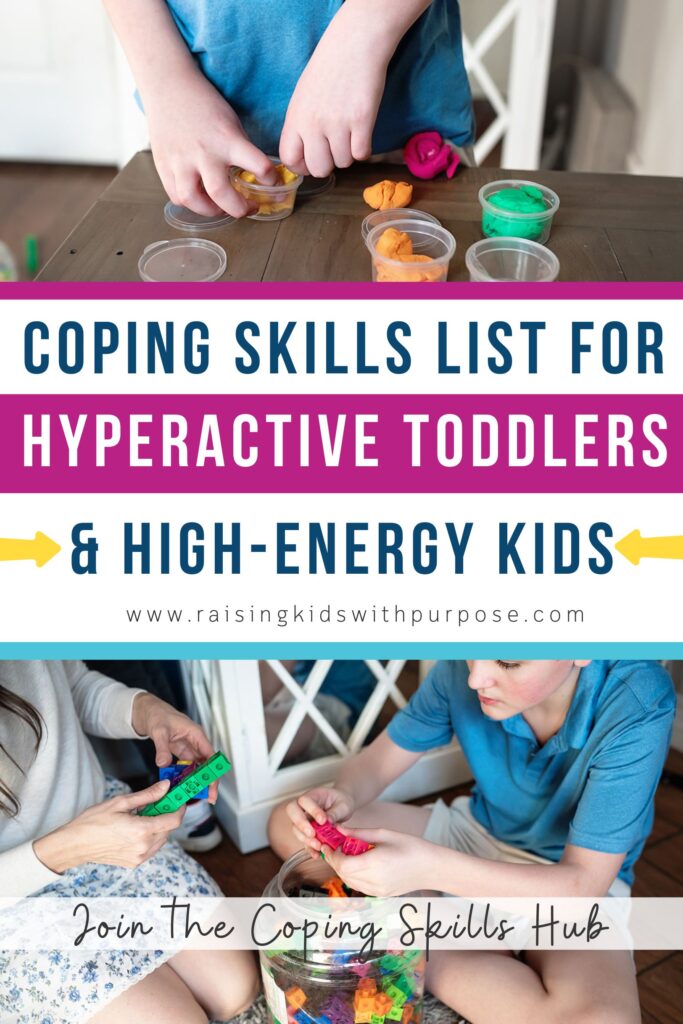
If you have a child like this, it can leave you feeling overwhelmed, exhausted, or unsure of what to do next. Here’s the truth that often gets overlooked:
Hyperactive kids don’t need more discipline, more rules, or tighter control.
I have a secret… they need to be TAUGHT!
And I have another secret, they need to be taught COPING SKILLS!
Kids come out of the womb with ALL the feelings (and movement) but without any of the skills to manage those emotions and behaviors.
You can start at any age so if you have a hyperactive toddler, you would just adjust the tools to where they are developmentally. You would do the same for hyperactive school-aged kids, and even if you have a busy body pre-teen!
The tools I’m talking about are simple, effective strategies that can be used to manage their energy, process emotions, and navigate their everyday world, which helps them to feel internally safe, in turn, it empowers them to make better choices.
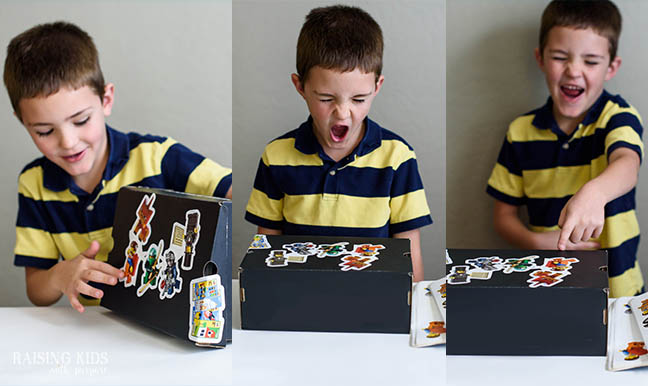
Coping skills are one of the most powerful (and often underused) tools we can teach our kids. And to know when to teach coping skills is key. Honestly, it’s important that we start with ourselves as well. If we can’t stay regulated when our kids are extremely disregulated, then it’s not going to help anyone. Kids’ nervous systems depend on an adult’s regulated nervous system to co-regulate and learn how to calm down.
When the coping skills are introduced with intention and practiced regularly when the child is in “ready to learn” mode (calm, not in a highly emotional state), these skills can help hyperactive kids build resilience, improve behavior, and feel more in control of their bodies and emotions.
You don’t have to figure out the skills on your own!
Table of Contents
Coping Skills Hub
My friend, Janine Halloran, has incredible resources and even a book called Coping Skills for Kids.
She has poured so much time and energy into her Coping Skills Hub. It’s a one-stop shop for all things coping skills.
The resources are developed for parents, educators, and mental health professionals who want to teach kids healthy, practical coping skills. Janine is a licensed therapist and has been using these strategies for years! They work! I know because they work for my kids and for the kids of the parents I work with!
Inside the hub, you’ll find everything from Janine’s 5-step process for teaching coping skills to over 100 creative ideas, video lessons, games, printable activities, and even coping tools for adults.
Let’s dive into what coping skills are, why they’re so essential to teach hyperactive toddlers and kids, and I’ll provide you with a coping skills list that you can start using today!
Why Coping Skills Matter for Hyperactive Kids
When a child is hyperactive, this doesn’t just mean he or she has “extra energy.” There’s typically a root cause. Hyperactivity, crazy behaviors, impulsivity, and high levels of activity in a child are all communication. If you’re new around here, behavior is a form of communication or an unmet need.
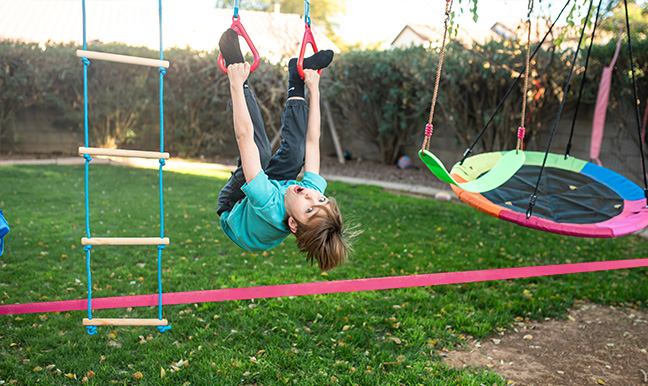
Common root causes of hyperactivity in kids are:
- Underdeveloped Self-Regulation Systems: The brain needs the body to move, or it needs stimulation in order to regulate itself.
- Nervous System Dysregulation: A child could be stuck in fight or flight due to stress, anxiety, trauma, or just sensory overload. It’s pretty easy to become over-stimulated in our modern-day world!
- Sensory Processing Differences: A lot of hyperactive kids seek sensory input. This means their brain needs movement, pressure, sound, or stimulation to feel balanced.
- Unmet Emotional Needs: Kids who feel disconnected, misunderstood, or emotionally overwhelmed may act out physically because they don’t have the words or skills to express what they’re feeling.
- Neurodiversity: The child may have ADHD, autism or be gifted. All of these brain differences tend to come with high energy, impulsivity, or intense curiosity…or like my kids, just pure intensity!
- Nutrient Deficiency: The brain may not be getting the nutrients it needs to keep the body calm. I highly recommend talking to a natural medicine doctor about this, like we have!
It could also be as simple as your child not having the skills to regulate his or her nervous system.
That’s where coping skills come in.
The right coping strategies can help hyperactive kids:
- Process overwhelming emotions in a healthy way.
- Redirect excess energy into movement that soothes rather than escalates.
- Build self-awareness of their internal states and triggers.
- Feel empowered, capable, and safe, instead of ashamed or “too much”.
Without a way to cope, kids may internalize frustration, feel misunderstood, or act in ways that are hard to parent.
Instead of thinking of coping skills as fixing behavior, you can think of it as being vital to giving kids the skills they need to thrive!
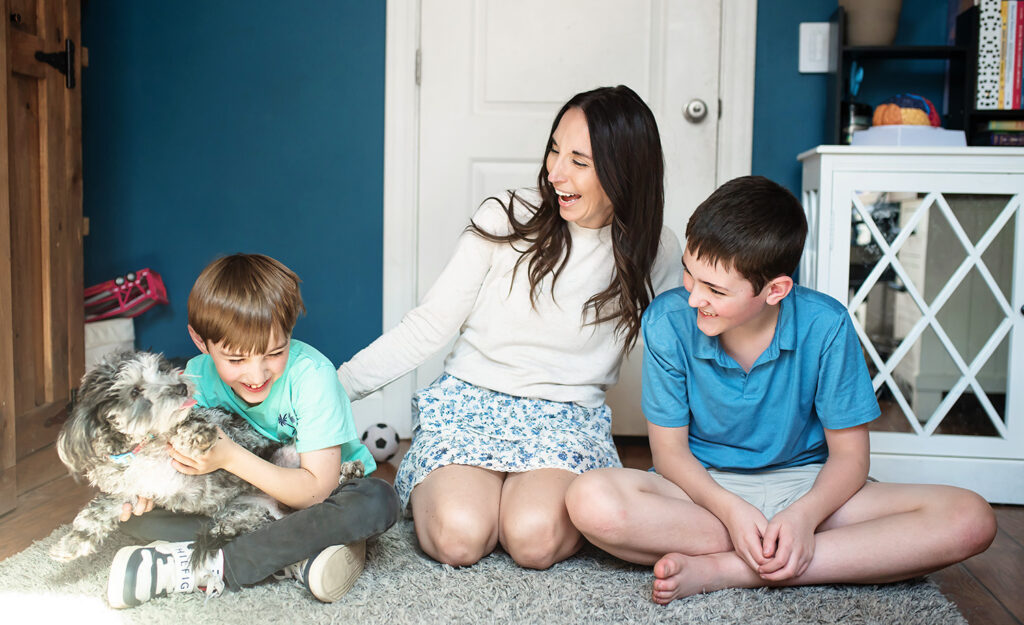
What are Coping Skills?
Coping skills are simple actions or strategies a person uses to manage emotions, stress, or challenges. For hyperactive kids, this would mean they are tools that teach skills that help them deal with overwhelming feelings or a crazy amount of movement.
It’s a way we deal with challenging things in our lives that is safe and healthy and doesn’t harm anything or anyone.
God gave them all this energy, now it’s our job as parents to give them the tools that help them figure out how to manage all that energy in healthy (and sometimes productive) ways.
Coping skills can be taught and learned at any time.
It’s never too late! Even kids who seem impulsive, constantly moving, or emotionally reactive can build a strong toolbox of skills with the right support and repetition.
Janine, whom I mentioned earlier, has created a super helpful 5-step process for teaching coping skills that works beautifully with hyperactive and highly emotional kids:
- Educate – Help kids understand what coping skills are and why they matter.
- Explore – Try out different strategies to see what feels good for their body and brain.
- Practice – Use skills when calm so they’re easier to access in the moment.
- Model – Let kids see you using your own coping tools.
- Support – Be there to co-regulate and gently guide them through tough moments.
It kind of reminds me of emotion coaching! You can grab my free emotion coaching printable here.
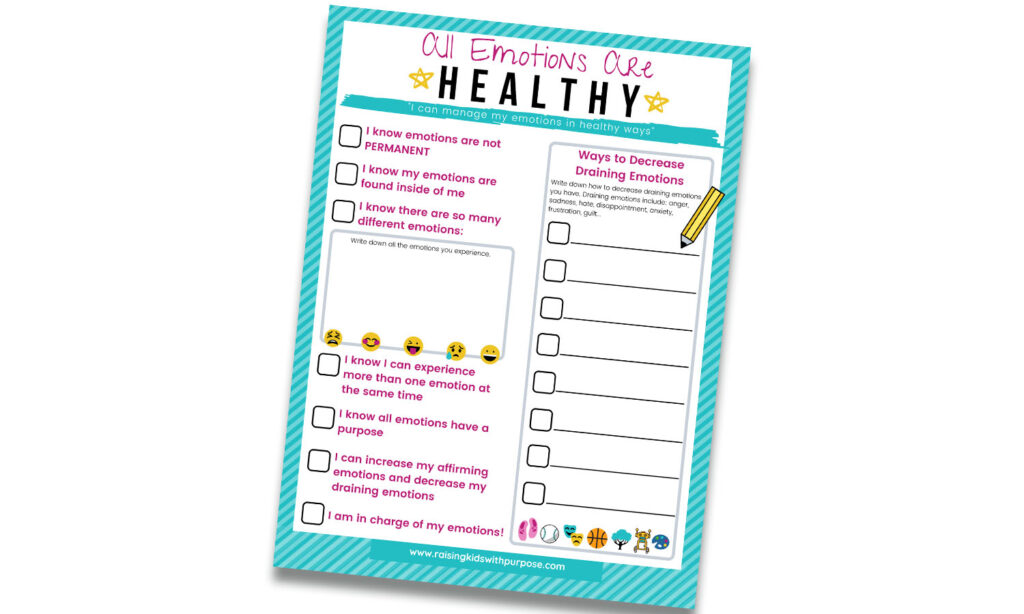
Janine breaks down the steps in her Coping Skills Hub, a packed resource library with video lessons, printables, games, audio practices, and more for kids, teens, and even adults. It’s literally the only place you need to go (besides this post…ha!) to find a coping skills list for hyperactive kids and everything you need to teach your kids how to regulate and manage his or her energy and emotions.
Next, we are going to dive into a list of powerful coping skills that work especially well for hyperactive kids.
Coping Skills List for Hyperactive Toddlers and High-Energy Kids
It’s incredibly important to note that every single person is unique, and this goes for kids, too! What this means is that what may work for one kid may not work for another. Also, since kids are developing and growing, what works for one season may not work for the next.
That’s why having a big coping skills list at the ready is important so you can explore different options.
Building a coping skills toolbox is about trying, observing, and practicing.
The goal isn’t to force a strategy. Help your child discover what helps him or her to feel calm, safe, and regulated and this may be at different times of day and within different circumstances.
For example, if you have a child who is in a full-blown sensory meltdown, a lot of coping skills on this list may not work in the moment. However, if you can co-regulate and get their nervous system to a place where it’s coming into regulation, dancing to a favorite song may be exactly what that child needs in that moment.
And don’t forget to make it fun and be fully present!
Coping skills aren’t just activities or exercises to check off. Teaching and doing them with your kids is a perfect way to connect on a deeper level because let’s face it, as adults, we need these coping skills as much as our kids do to stay regulated and enjoy life!
When Kaity (from Prenda) and I interviewed Janine for the KindlED podcast, she shared how she has broken down the coping skills list into five different styles so it’s easier to choose what works best.
I used Janine’s five styles to provide you with a list of coping skills that typically work well for hyperactive kids who struggle with emotional dysregulation, impulsivity, not listening, or other big behaviors that they may engage in to communicate their needs or show they have a lagging cognitive skill.
1. Mindfulness & Relaxation
These skills help calm the body and quiet the mind, making them especially helpful for emotional regulation and transitions.
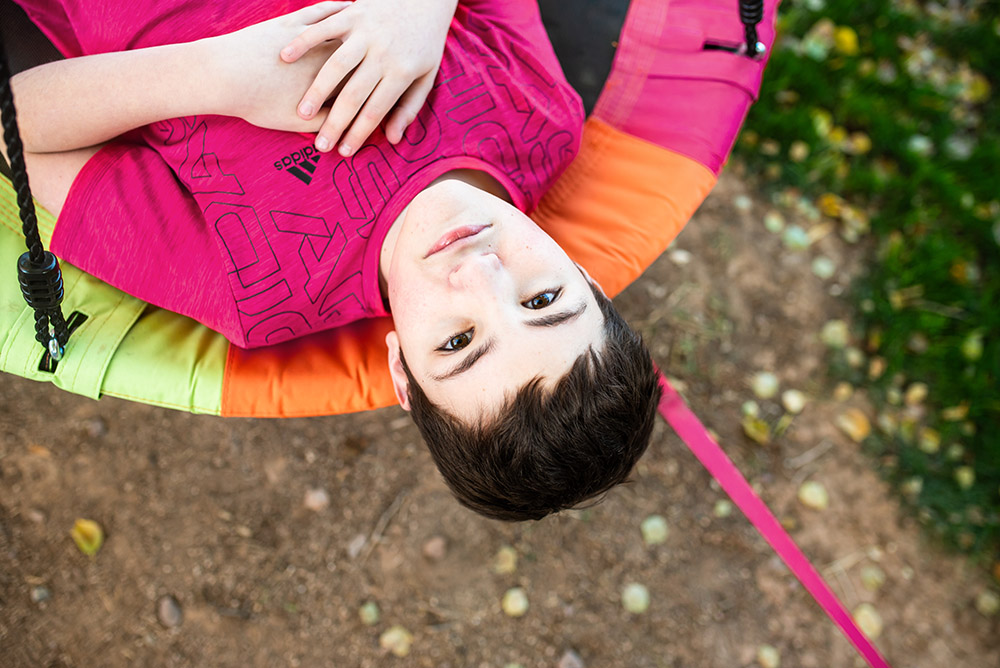
- Deep belly breathing (try with a stuffed animal rising and falling on the belly)
- Visualization (imagine floating on a cloud or visiting a calm place)
- Counting backwards from 50
- Progressive muscle relaxation
- Grounding game (name 5 things you see, 4 you can touch, etc.)
- Listening to calming music or nature sounds
2. Distraction
Sometimes kids need to shift their focus away from what’s overwhelming them. Distraction provides temporary relief and buys time for emotions to settle.
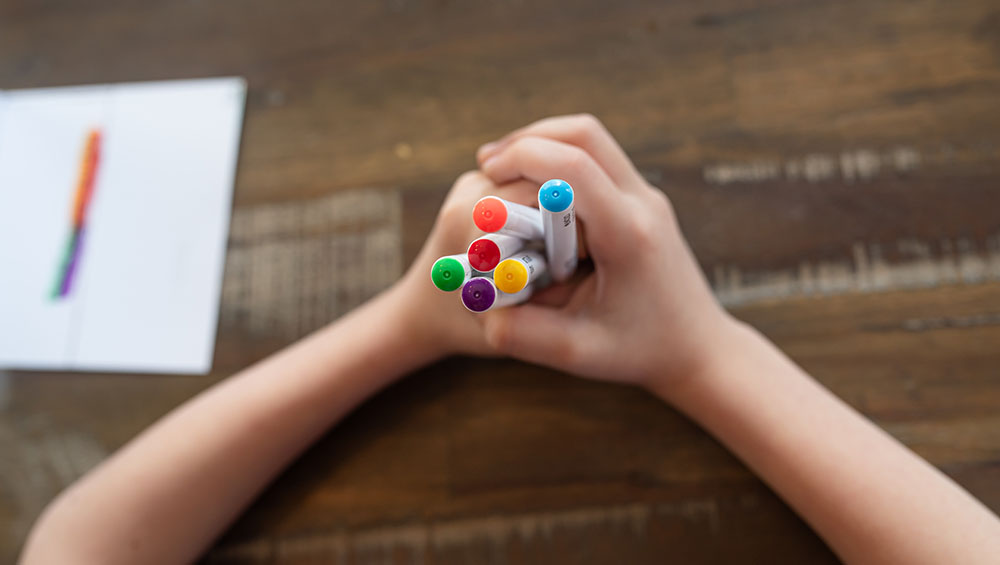
- Doodling or coloring just for fun (LOVE this Doodle Devotions for Kids)
- Counting games (e.g., count how many blue things you see)
- Looking at a favorite book or picture
- Watching a funny video
- Telling jokes or making up silly stories
- Singing a favorite song or making up lyrics
3. Unstructured Play
This is where imagination and creativity come in. Free play gives kids a sense of control, joy, and emotional release.
- Acting out a story with stuffed animals or puppets
- Building something with blocks (these jumbo blocks are fun!) or LEGO
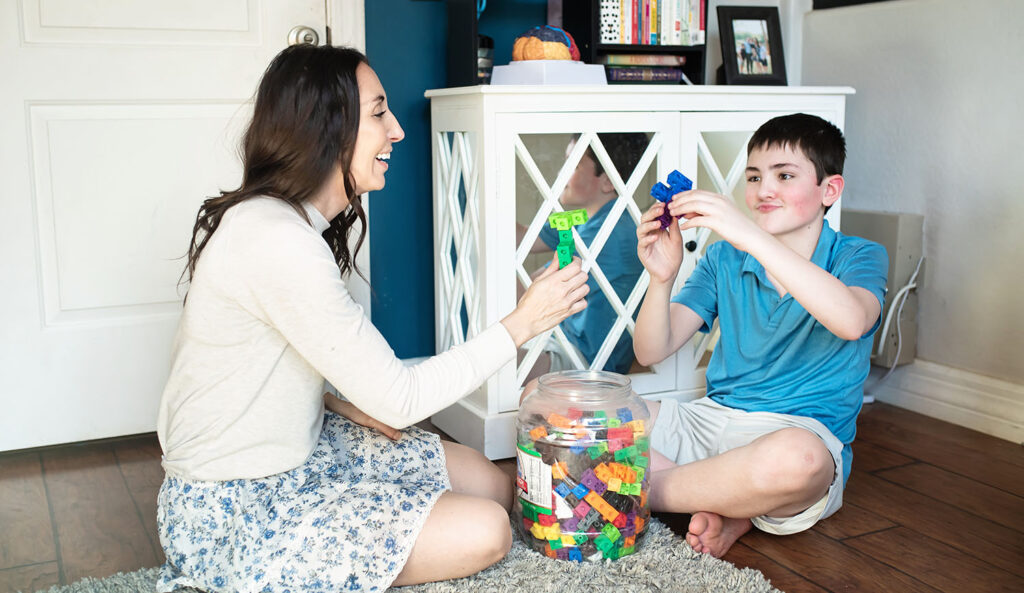
- Drawing whatever comes to mind
- Pretend play (superheroes, animals, store, etc.)
- Creating with clay, play-dough, kinetic sand, or slime
- Playing an open-ended game like “Would You Rather” or “I Spy”
4. Movement
For hyperactive kids, movement is often essential! Typically, their brains require that their bodies move so they can be happy! Movement is crucial for a regulated nervous system.
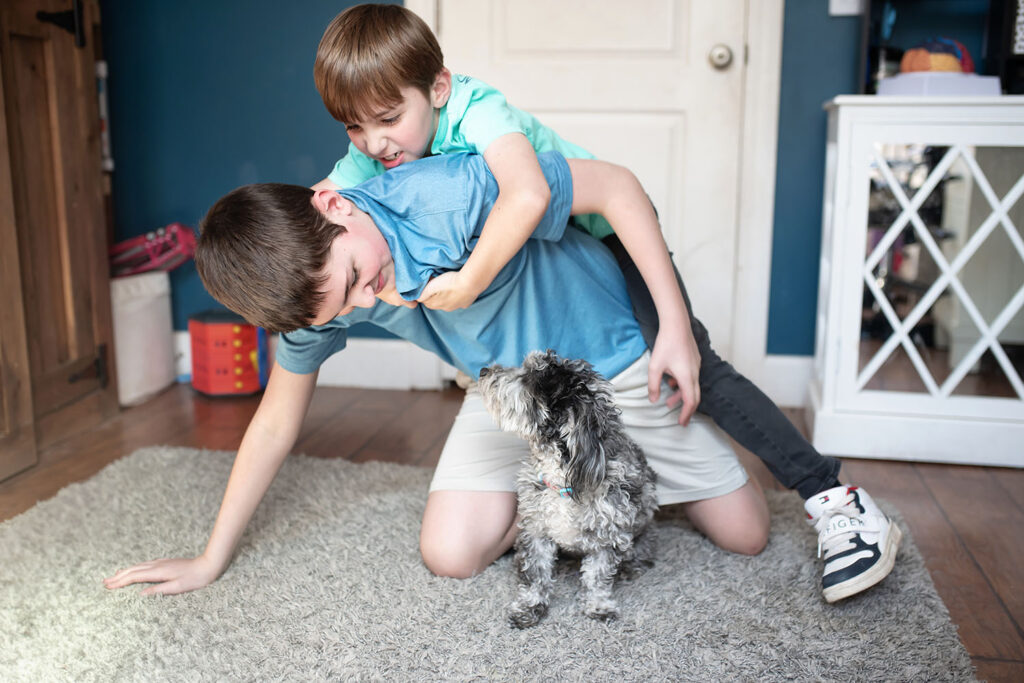
- Jumping jacks or star jumps
- Animal walks (crab, bear, frog hops)
- Dancing to a favorite upbeat song
- Wall push-ups or chair push-ups
- Spinning in a chair
- Yoga poses (especially animal-themed)
- Obstacle course (inside or outside!)
- Flip upside down on a slack line (like shown above)
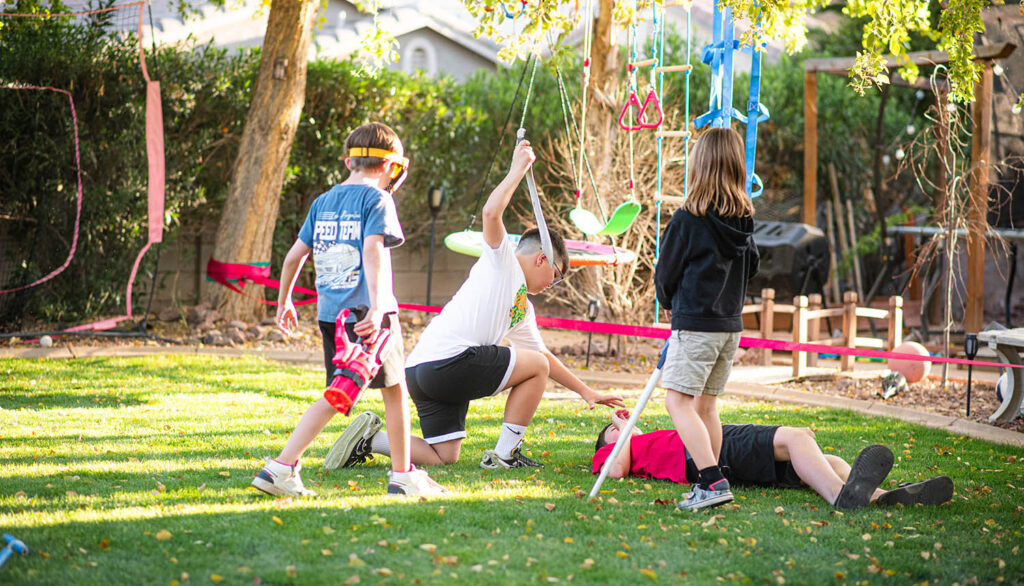
5. Sensory
These skills engage the five senses and help kids feel grounded in their bodies. The goal is to give the brain the input it’s craving, then process what happened and create a go-to plan for next time.
- Chewing gum or eating crunchy snacks
- Playing with putty, slime, or sensory bins
- Water play or bubble blowing
- Using a weighted blanket or weighted pillow
- Sniffing calming scents (lavender, citrus, etc.)
- Running hands under warm or cool water
- Using a calming jar or glitter bottle
- Listening to soothing sounds
- Fidget toys that squeeze, pop, or spin

An important step to make sure you don’t miss is to help them process it afterward.
Ask them, “What helped? What didn’t? What can you do next time?”
If you help them come up with a plan and they know what the coping skill is called, it will be much easier to reference and for your child to actually USE the skill during big emotions or a tough moment.
Every coping style gives kids a new way to understand and manage their emotions. And when they have options, it’s building life-changing skills that will build their emotional resilience through adulthood!
If you’re needing support and a list of skills isn’t enough, I invite you to join Janine’s Coping Skills Hub. It’s seriously amazing. I’m obsessed with this stuff, and I’ve learned so much from all of the incredible resources she has when I became a member. I especially love the video lessons and her interviews with other professionals.
How to Teach and Practice These Skills
Teaching coping skills is an ONGOING practice. Think of it like teaching a new language. You don’t just learn a bunch of words in one day, then suddenly become fluent in that language. It takes exposure, repetition, and most importantly, YOU modeling the skills, too.
Here are a few tips to make coping skills part of your everyday rhythm:
- Practice when calm and regulated: When your child has access to “their best” self, this means they are able to have rational thought, they’re typically calm, and are open to engaging. THIS is the time when you want to teach coping skills. I like to think of these moments as the brain being turned “on.” It’s ready to learn.
- Model the skills yourself: Let them see you take deep breaths, use a fidget, or go for a walk when you feel overwhelmed. Express your frustrations or emotions using “I” statements so they understand you’re not a robot and need coping skills, too.
- Use games and role-play: Practice different scenarios so kids can imagine using the skills in real life. Point out big feelings or behaviors in others, such as in books or movies, and discuss what coping skills could possibly work for that person.
- Build it into daily life: Download Janine’s coping skills checklist and my calm down toolkit, print them out, and hang them in a common area in your house so they’re easy to grab and use. Or you can use a daily reflection time, like at bedtime, to teach a new skill that is on the lists.
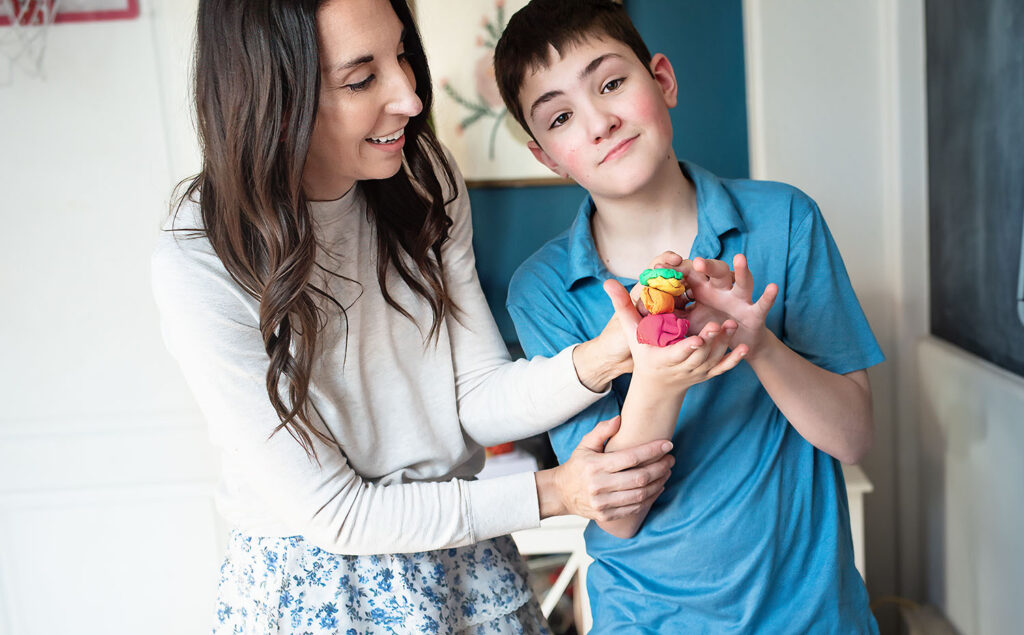
My Favorite Resource: The Coping Skills Hub
Okay, I’ve been talking about Janine Halloran in this whole post, and it’s because I truly believe she has built such an incredible hub that will help you, especially if you have a hyperactive toddler, high-energy kid, or a kid who struggles with big emotions, especially anger.
I’ve seriously learned so much from her! I love how she combines clinical wisdom with practical, kid-friendly tools that actually work.
Her Coping Skills Hub is hands down my go-to recommendation for parents, educators, and professionals who want real, helpful strategies without the overwhelm.
Inside the Hub, you’ll find:
- Over 100+ coping skills organized by category
- Audio practices kids can listen to and follow along with
- Webinars, video courses, and mini-lessons to guide you
- Tools for parents, too, because we need coping skills just as much!
- Resources for home, school, and on-the-go moments
Learn more about the Coping Skills Hub and give your child the tools they need to feel confident, calm, and connected, no matter what life throws their way. If you have any questions, please email me at adriane@raisingkidswithpurpose.com or comment below!


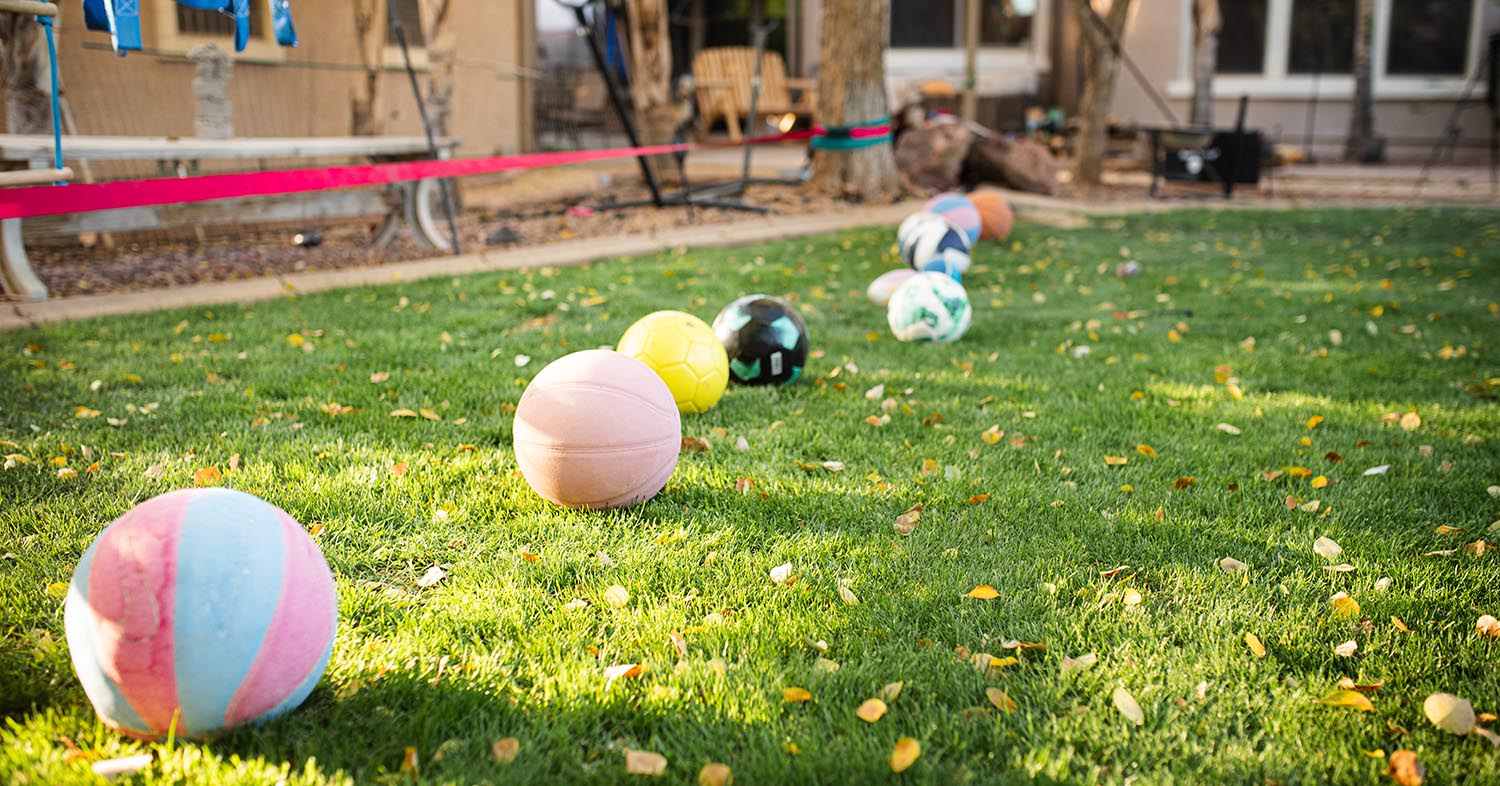
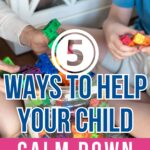
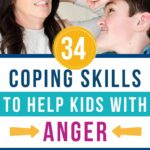



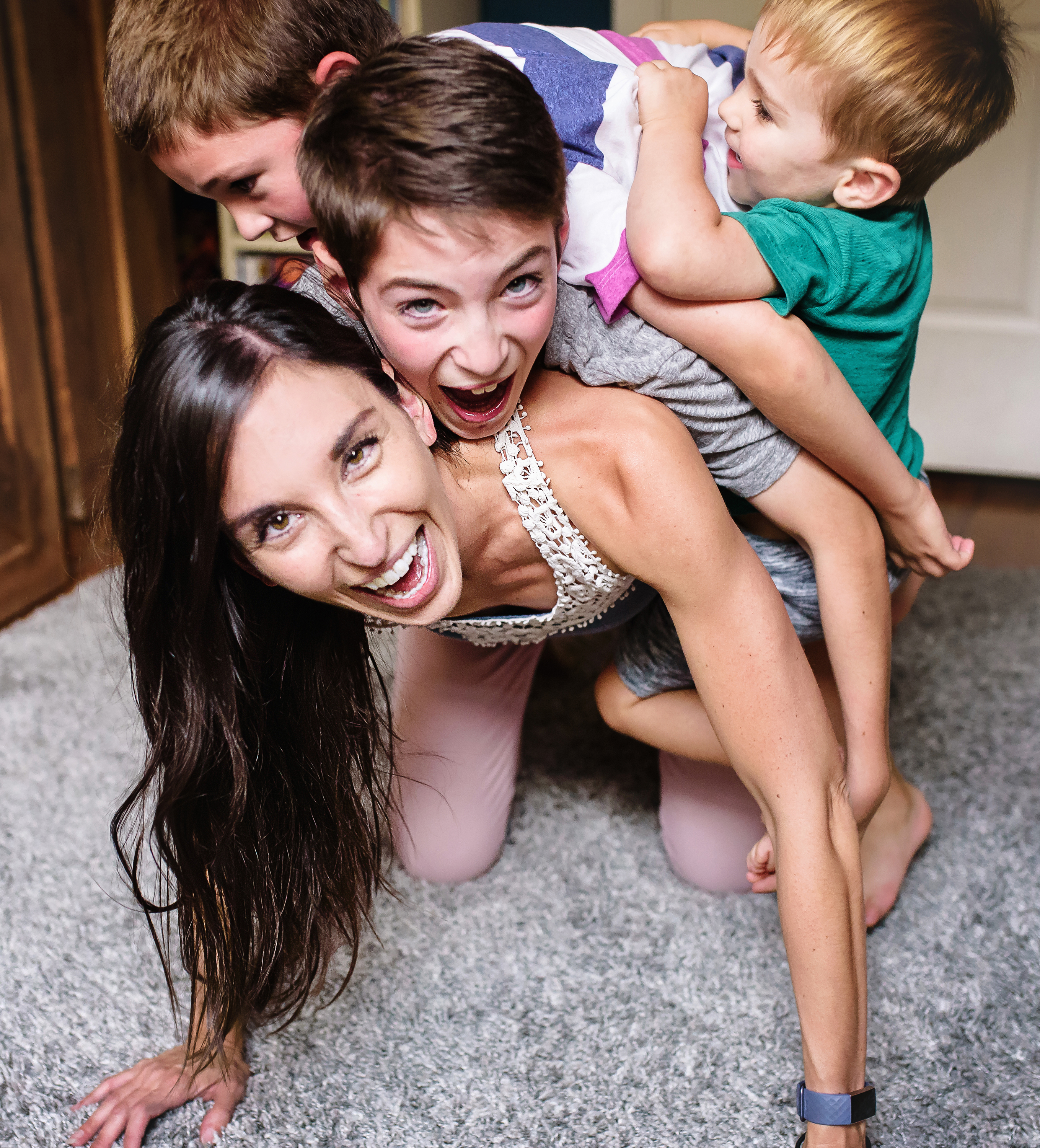
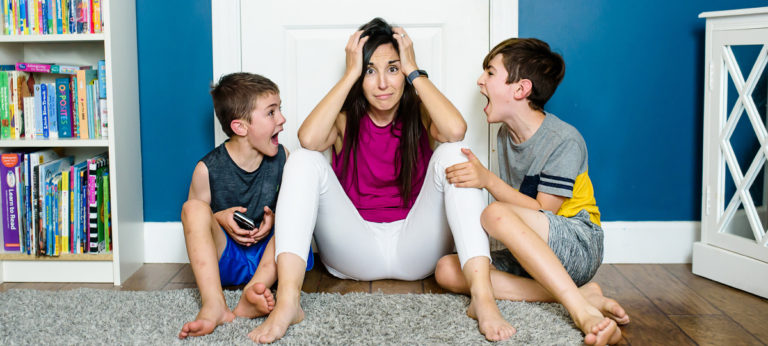

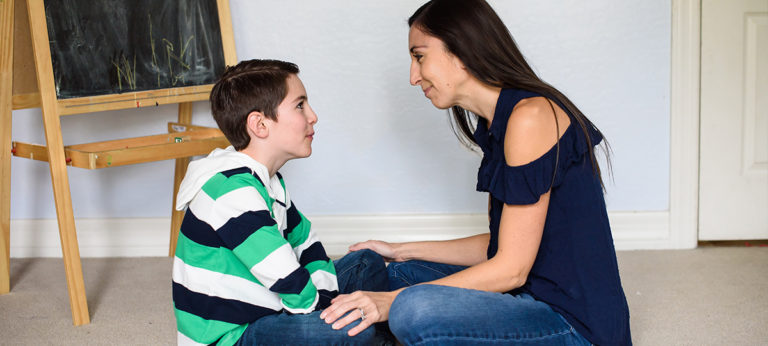
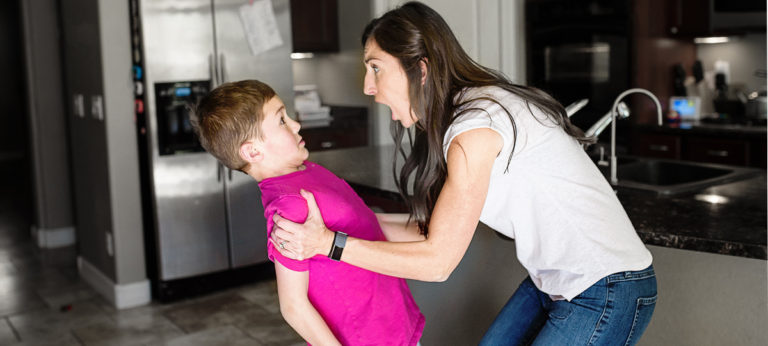
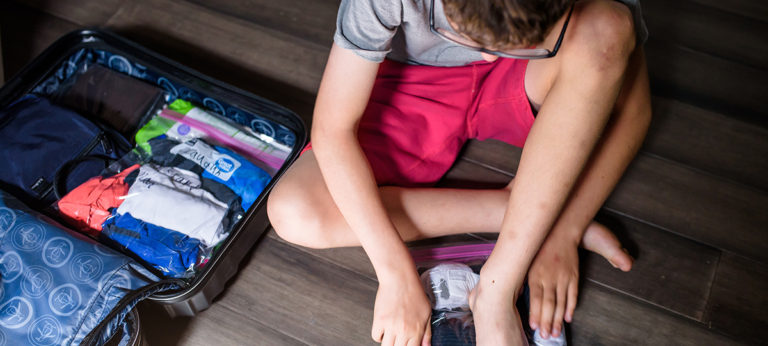

Such a great article! I love the reminder that they need to be TAUGHT! I forget that sometimes.
As the mom of a very busy little boy, this post is extremely helpful! Thanks so much.
These are some great tips for coping mamas of hyperactive kids!
Thank you!
This is such a helpful post! I babysit a boy who has problems regulating his emotions. He has so much energy and is sometimes hard to console when he gets angry. It takes him a long time to unwind. I will send this blog post to his mother, and hopefully she will invest her time in teaching him this. Thank you so much for sharing this!
Yes, anger is a secondary emotion and a lot of times for young kids it’s the manifestation of anxiety or sadness….or a need to move their bodies!
I am the grandmother of a hyperactive toddler and found this post very helpful. The tip about teaching them was very helpful, as sometimes, in my frustration, I forget that.
I’m so happy to hear it was helpful!!
Interesting article filled with great, practical and helpful tips. I think coping skills can actually be a game changer for both the kids and parents. Thanks for sharing!
Totally a game changer for parents to learn how to cope with stress and big emotions too!
This article has been a real eye-opener—thanks for sharing!